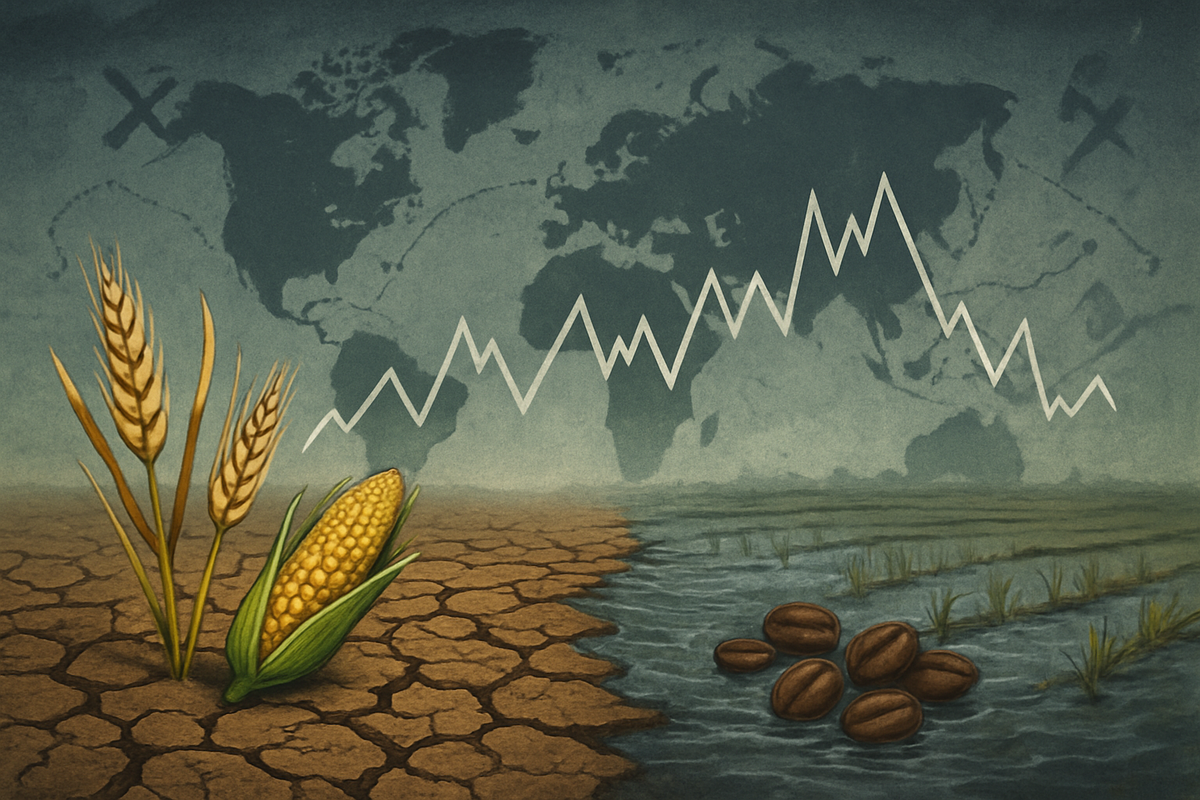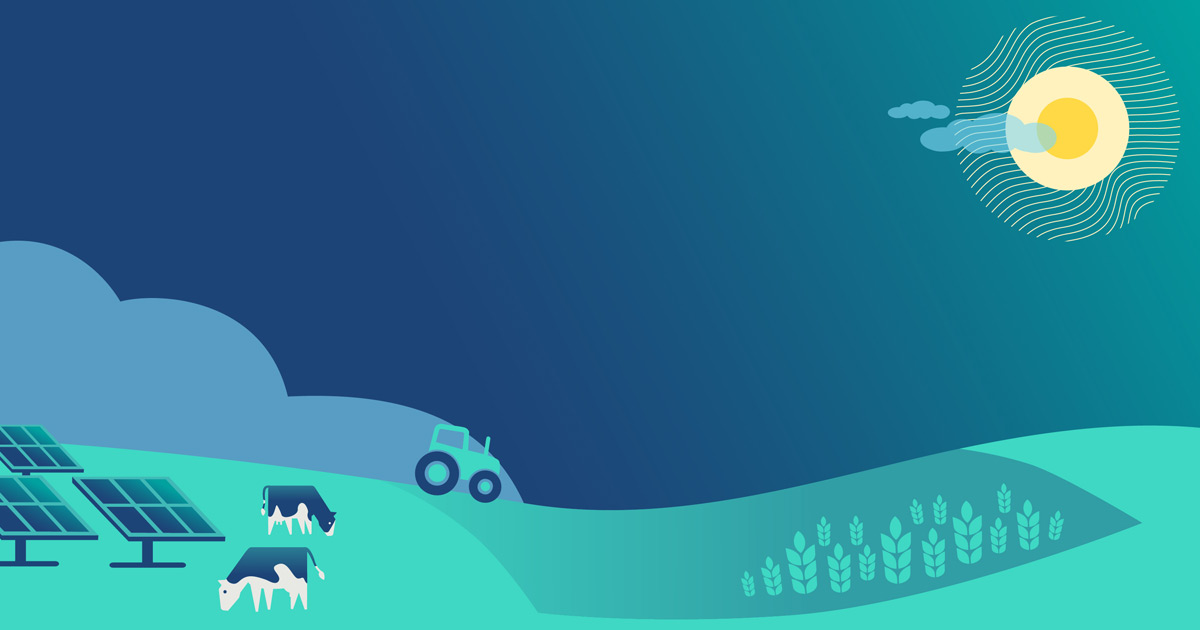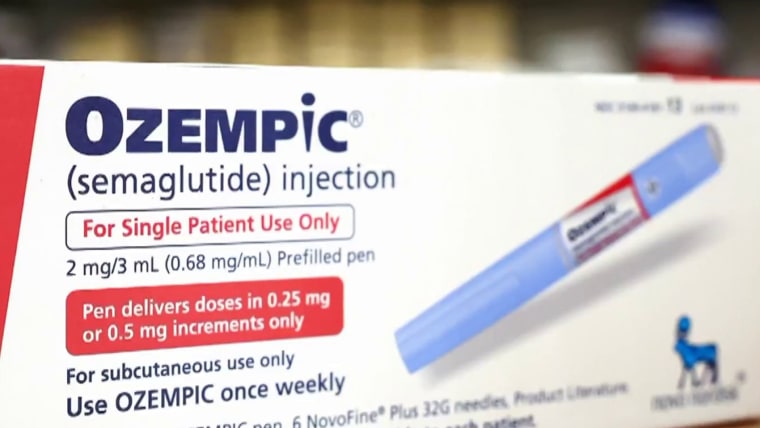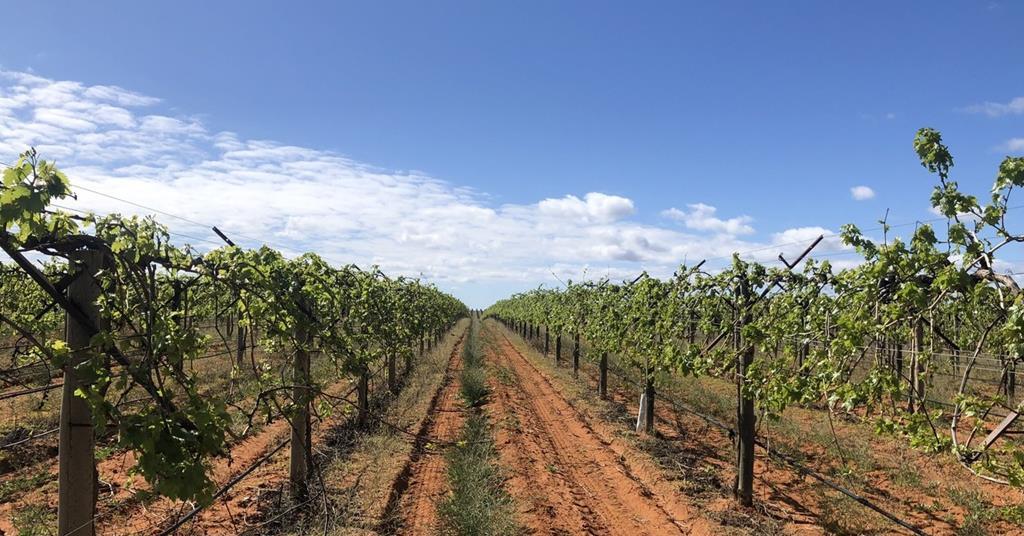Kazakhstan to Modernize Irrigation Sector with $5.3 Million EDB Grant – The Times Of Central Asia
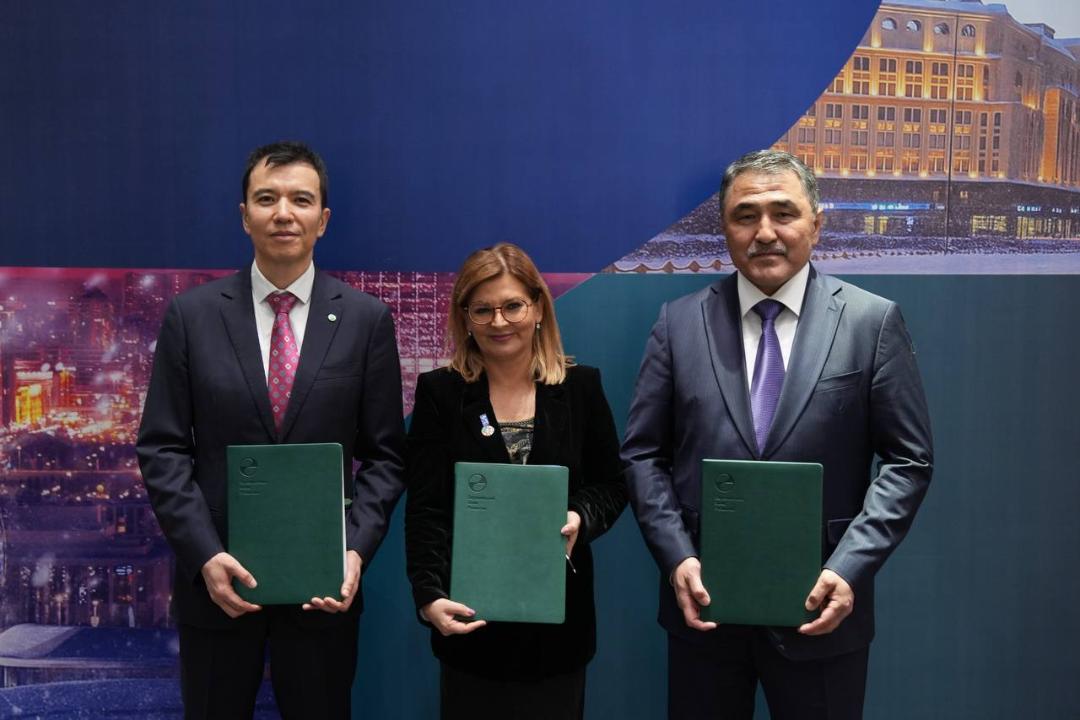
Report on Kazakhstan’s Sustainable Irrigation Initiative and Alignment with Sustainable Development Goals
Project Overview: A Partnership for the Goals (SDG 17)
A collaborative initiative has been launched in Kazakhstan to modernize the nation’s irrigation sector, directly addressing several Sustainable Development Goals (SDGs). The project, titled “Developing a Business Ecosystem for Sustainable Irrigation in Kazakhstan,” is a partnership between:
- The Ministry of Water Resources and Irrigation of Kazakhstan
- The United Nations Development Programme (UNDP)
- The Eurasian Development Bank (EDB)
This multi-year initiative is supported by a $5.3 million grant from the EDB and is implemented by the UNDP, exemplifying a robust multi-stakeholder partnership as outlined in SDG 17.
Advancing Water Management and Climate Action (SDG 6 & SDG 13)
The primary objective of the project is to enhance Kazakhstan’s water security and resilience to climate change, directly contributing to SDG 6 (Clean Water and Sanitation) and SDG 13 (Climate Action). The initiative focuses on improving irrigation management and adapting the water sector to new climate realities. Minister of Water Resources and Irrigation Nurzhan Nurzhigitov confirmed that the project’s strategic goals are to modernize the water sector to ensure security and sustainable development for the nation.
Key Components for Sustainable Water Use
- National Water Resources Information System: Establishment of a centralized system for efficient water data management.
- Advanced Water Management Tools: Deployment of modern forecasting and water distribution technologies.
- Capacity Building: Creation of regional centers for modern irrigation and the training of specialists.
- Technology Promotion: Nationwide promotion and implementation of water-saving technologies.
Supporting Sustainable Agriculture and Food Security (SDG 2 & SDG 9)
The initiative strongly supports SDG 2 (Zero Hunger) and SDG 9 (Industry, Innovation, and Infrastructure) by promoting the widespread adoption of water-efficient irrigation technologies. To accelerate this transition, the government has increased subsidies for farmers adopting these systems.
- Incentive Structure: Reimbursement rates for drilling underground water wells and installing modern systems like drip and sprinkler irrigation have been increased from 50% to 80%.
- Infrastructure Modernization: This policy drives investment in modern agricultural infrastructure, reducing water consumption and boosting crop yields.
Targets for Expanding Water-Saving Irrigation
The government has set ambitious targets to expand the coverage of modern irrigation systems, demonstrating a clear commitment to sustainable agricultural practices.
- 2023: 312,200 hectares equipped with water-saving technologies.
- 2025: An increase to 580,000 hectares, covering 30% of the country’s total irrigated farmland.
- 2030 Goal: A target of 1.3 million hectares, which will represent 70% of all irrigated land in Kazakhstan.
Analysis of Sustainable Development Goals in the Article
1. Which SDGs are addressed or connected to the issues highlighted in the article?
- SDG 6: Clean Water and Sanitation: The article’s central theme is the modernization of Kazakhstan’s irrigation sector to improve water management and efficiency, which directly relates to ensuring the availability and sustainable management of water.
- SDG 13: Climate Action: The initiative explicitly aims to strengthen Kazakhstan’s “resilience to climate change” and aligns with the country’s “strategic goals for climate adaptation,” directly addressing the need to combat climate change and its impacts.
- SDG 2: Zero Hunger: By promoting water-saving technologies in agriculture, the project supports sustainable agricultural practices. Efficient water use is crucial for maintaining food production, especially in the face of climate change, thus contributing to food security.
- SDG 17: Partnerships for the Goals: The article highlights a multi-stakeholder partnership involving Kazakhstan’s Ministry of Water Resources and Irrigation, the United Nations Development Programme (UNDP), and the Eurasian Development Bank (EDB) to achieve these development goals.
2. What specific targets under those SDGs can be identified based on the article’s content?
- Target 6.4: “By 2030, substantially increase water-use efficiency across all sectors and ensure sustainable withdrawals and supply of freshwater to address water scarcity…” The project’s focus on promoting “water-saving technologies nationwide” and reducing “agricultural water consumption” directly supports this target.
- Target 6.5: “By 2030, implement integrated water resources management at all levels…” The establishment of a “National Water Resources Information System” and the deployment of “forecasting and water distribution tools” are key components of implementing integrated water resources management.
- Target 13.1: “Strengthen resilience and adaptive capacity to climate-related hazards and natural disasters in all countries.” The article states that the initiative focuses on “strengthening Kazakhstan’s resilience to climate change by improving irrigation management.”
- Target 2.4: “By 2030, ensure sustainable food production systems and implement resilient agricultural practices…” The expansion of “water-efficient irrigation technologies such as drip and sprinkler systems” is a direct implementation of resilient agricultural practices designed to adapt to climate change and water scarcity.
- Target 17.16: “Enhance the global partnership for sustainable development, complemented by multi-stakeholder partnerships that mobilize and share knowledge, expertise, technology and financial resources…” The project is a clear example of this, being a “joint initiative” between a national government (Kazakhstan), an international organization (UNDP), and a development bank (EDB), supported by a “$5.3 million grant.”
3. Are there any indicators mentioned or implied in the article that can be used to measure progress towards the identified targets?
-
For Target 6.4 & 2.4: The article provides specific quantitative indicators related to the adoption of sustainable agricultural practices.
- Indicator: The area of land equipped with water-saving irrigation systems.
- Data Points: The area expanded from 312,200 hectares in 2023 to 580,000 hectares in 2025. The future goal is to reach 1.3 million hectares by 2030.
- Indicator: The proportion of total irrigated farmland using modern systems.
- Data Points: This represents 30% of total irrigated farmland in 2025, with a target of 70% by 2030.
-
For Target 13.1 & 6.5: Progress can be measured by the implementation of key project components.
- Indicator: Establishment and deployment of water management systems.
- Data Points: The creation of a “National Water Resources Information System” and the use of “forecasting and water distribution tools” serve as qualitative indicators of enhanced adaptive capacity and integrated management.
-
For Target 17.16: The partnership itself and its financial backing are indicators.
- Indicator: Mobilization of financial resources for sustainable development.
- Data Point: The “$5.3 million grant from the EDB” is a specific financial indicator of the partnership’s contribution.
4. Summary Table of SDGs, Targets, and Indicators
| SDGs | Targets | Indicators |
|---|---|---|
| SDG 6: Clean Water and Sanitation | 6.4: Increase water-use efficiency. 6.5: Implement integrated water resources management. |
– Area of land with water-saving irrigation (Goal: 1.3 million hectares by 2030). – Establishment of a National Water Resources Information System. |
| SDG 2: Zero Hunger | 2.4: Ensure sustainable food production systems and implement resilient agricultural practices. | – Proportion of irrigated land with modern systems (from 30% in 2025 to 70% by 2030). |
| SDG 13: Climate Action | 13.1: Strengthen resilience and adaptive capacity to climate-related hazards. | – Deployment of forecasting and water distribution tools. – Training of specialists in modern irrigation. |
| SDG 17: Partnerships for the Goals | 17.16: Enhance the global partnership for sustainable development. | – Existence of the joint initiative between Kazakhstan, UNDP, and EDB. – Mobilization of financial resources ($5.3 million grant). |
Source: timesca.com
What is Your Reaction?
 Like
0
Like
0
 Dislike
0
Dislike
0
 Love
0
Love
0
 Funny
0
Funny
0
 Angry
0
Angry
0
 Sad
0
Sad
0
 Wow
0
Wow
0
















































:focal(1500,1000)/https://media.globalcitizen.org/a6/9a/a69a4720-d8a1-4715-b596-18738d03c05c/rotary_polio_hero_image.jpg?#)







/countries/sri-lanka/photo-credit---dmc-sri-lanka.tmb-1200v.jpg?sfvrsn=dc298bcc_1#)







